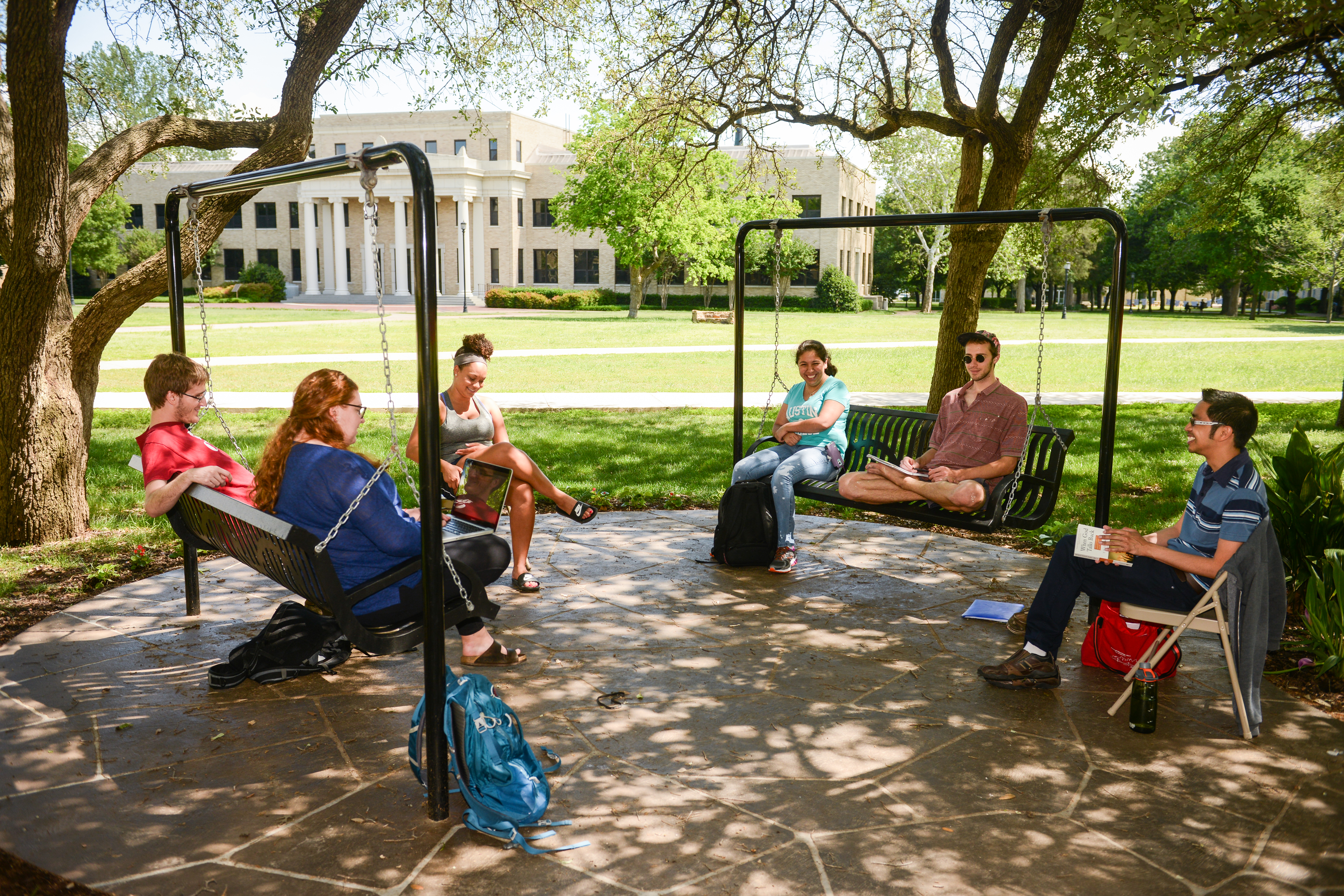The Journal of Advanced Academics recently published an “online first” article exploring achievement goal orientation for a specific student subgroup: those participating in an honors college or program. This paper was authored by NSSE research scientist Angie Miller and used experimental item data from the 2015 NSSE administration.
Achievement goal orientation is a longstanding topic of interest within educational psychology (Elliot & Hulleman, 2017). While self-report measures of the construct have been developed and validated using convenience samples of undergraduates (Elliot, 2006; Elliot & Murayama, 2008), the practical implications are frequently focused on K-12 students and classrooms. One research sub-area has focused on gifted K-12 students and comparisons to their general education peers, with overall mixed findings when it comes to whether or not gifted students are higher or lower in certain orientations (Huang, 2012) and some question over whether the mixed findings are due to issues with the instruments used to measure it (Dai et al., 1998).
This study focuses on achievement goal orientation within honors students, first exploring whether a commonly used self-report measure of the construct has adequate factor structure across subgroups and then implementing two different statistical analyses to look for differences between honors students and their general education peers. Specifically, these four types of achievement goal orientations were examined:
- mastery-approach, where the goal is attaining task-based or intrapersonal competence (i.e. learning as much about the topic as possible);
- performance-approach, where the goal is attaining normative competence (i.e. getting a better grade than everyone else);
- mastery-avoidance, where the goal is avoiding task-based or intrapersonal incompetence (i.e. not wanting to miss out on important information about a topic); and
- performance-avoidance, where the goal is avoiding normative incompetence (i.e. not looking “stupid” in front of others)
Data were drawn from over 3,900 first-year and 5,200 senior college students across 15 higher education institutions participating in the 2015 National Survey of Student Engagement (NSSE), using an experimental item set that included a well-known measure of achievement goal orientation (the AGQ-R). In this measure, each of the four orientations has an accompanying subscale.
First, a confirmatory factor analysis was done to determine whether the four subscales had good model fit, based on several different indices, for first-year honors students, senior honors students, first-year general education students, and senior general education students. The fit indices and item loadings suggested that there was good factor structure across all of the groups, meaning that the measure was appropriate to use with both honors and general education students.
Next, independent samples t-tests compared honors and general education students on the four achievement goal orientations. Here, the results suggested that there were some statistically significant differences. First-year honors students were higher than first-year general education students on performance-approach and mastery-approach goal orientations, and senior honors students were higher than senior general education students on performance-approach goal orientation. However, the effect sizes for these differences were all small in magnitude.
Although the results of the independent-samples t-tests indicated a few significant differences for honors students on certain achievement goal orientations, it is also possible that the driving force behind these differences is the other characteristics that differ between honors and general education students. To explore this further, regression analysis was implemented. A series of eight OLS regression models were run separately for first-year students and seniors featuring each of the four AGQ-R subscales as the outcome variables. The following covariates were included in the models to control for variation not due to honors participation: sex, transfer status, enrollment status, first-generation status, age, SAT/ACT score, institutional control, enrollment size, race/ethnicity, major field, grades, and online-learner status. After accounting for the variation explained by the above characteristics, the models found no significant effects for honors participation on any of the achievement goal orientation subscales, in contrast to the findings from the t-tests.
In terms of the general takeaways from this article, the first is that researchers should continue to investigate achievement goal orientation in samples of both honors and general education students, and the AGQ-R seems to be an adequate instrument for these groups. It is important to replicate results within different contexts and populations as part of generating scientific knowledge, and it is equally important to pursue and support the publication of results that are not statistically significant. The second takeaway concerns the need to use control variables in statistical models when they are available in the data. If this study had been limited to the results from the t-test means comparisons, the conclusions about the connections between achievement goal orientation and ability level would differ. The lack of sufficient control variables in previous studies might actually be the root of the mixed findings. The field should continue to investigate how K-12 models and constructs function for undergraduate students, taking care to use appropriate measures and statistical approaches to address these research questions.
Reference
Miller, A. L. (2022). Reconsidering achievement goal orientation for honors college students. Journal of Advanced Academics, vol and pp TBD. Online first availability: https://doi.org/10.1177/1932202X221086139


